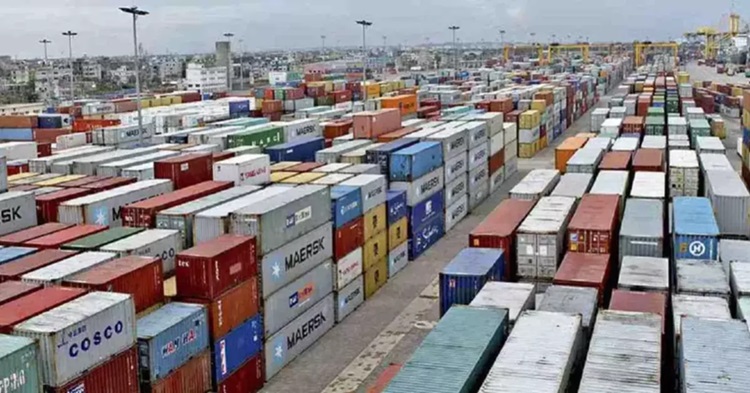Bangladesh secures 20% US tariff rate, matching key apparel competitors


Bangladesh secured a 20% US tariff rate—comparable to its key apparel-sector competitors such as Sri Lanka, Vietnam, Pakistan and Indonesia, which received rates between 19% and 20%.
As a result, Bangladesh's relative competitiveness in apparel exports remains unaffected, according to Chief Adviser's press wing.
By contrast, it said, India received a 25% tariff after failing to reach a comprehensive agreement with the US.
“We negotiated carefully to ensure that our commitments aligned with our national interests and capacity,” said Dr Khalilur Rahman, Bangladesh’s National Security Advisor and lead negotiator.
“Protecting our apparel industry was a top priority, but we also focused our purchase commitments on U.S. agricultural products. This supports our food security goals and fosters goodwill with U.S. farming states,” he said.
“Today, we successfully avoided a potential 35% reciprocal tariff. That’s good news for our apparel sector and the millions who depend on it. We’ve also preserved our global competitiveness and opened up new opportunities to access the world's largest consumer market,” Dr Rahman added.
President Donald Trump today announced new tariff rates—up to 41%—on imports from 70 countries, just ahead of the August 1 deadline for finalising bilateral trade agreements.
These agreements extend beyond tariff adjustments to include domestic policy reforms that the Trump administration views as contributing to trade imbalances.
They also address broader economic and national security concerns.
As part of the negotiations, countries were required to make explicit commitments to purchase US goods to help narrow trade deficits.
Given the scope of issues involved, the negotiation process has been complex and time-consuming.
Tariff relief was tied not only to reductions in duties on US exports but also to a country’s willingness to address U.S. concerns on non-tariff barriers, trade imbalances, and security matters, said the Chief Adviser’s press wing on Friday.
President Trump's executive order made clear that each country’s tariff rate would reflect the depth of its commitment across all these areas.
